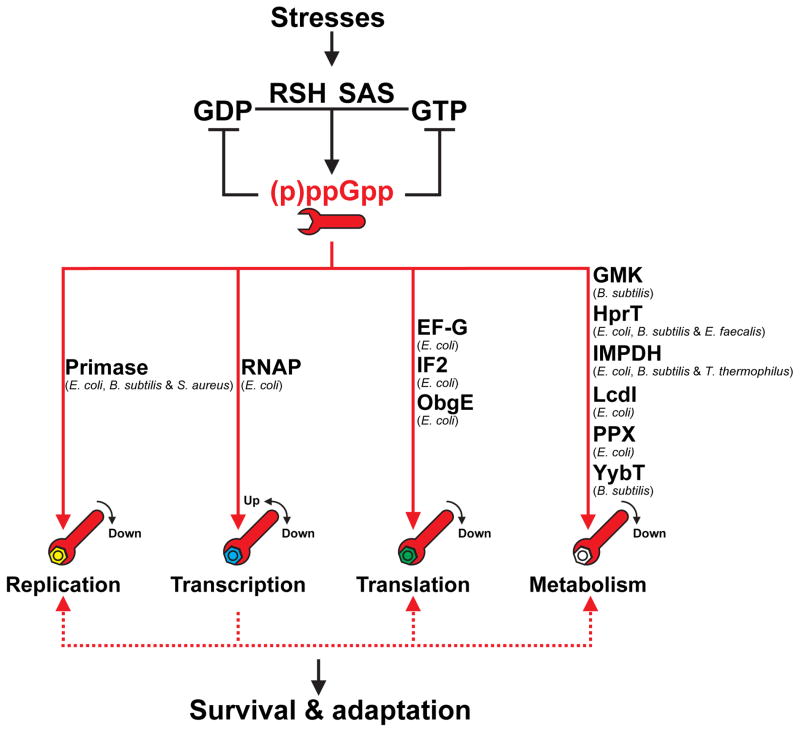Figure 2. (p)ppGpp regulates various important cellular processes to allow survival and adaptation to stresses.
Stresses, such as amino acid starvation and antibiotic treatment activate/upregulate (p)ppGpp synthetases (RSH and SAS) to produce (p)ppGpp (the wrench). In B. subtilis, by directly inhibiting several GTP biosynthesis enzymes, (p)ppGpp curtails production of GDP/GTP, the substrates for (p)ppGpp synthesis, thus constituting a negative feedback regulation and maintaining homeostasis of guanylate nucleotide pools [3**]. Importantly, through direct interaction with its targets, (p)ppGpp regulates replication, transcription, translation, and metabolism (differently colored bolts) to adjust the cellular physiology to survive and adapt to adverse conditions. The dotted lines indicate that (p)ppGpp also indirectly modulates replication, translation, and metabolism through its effects on transcription.

